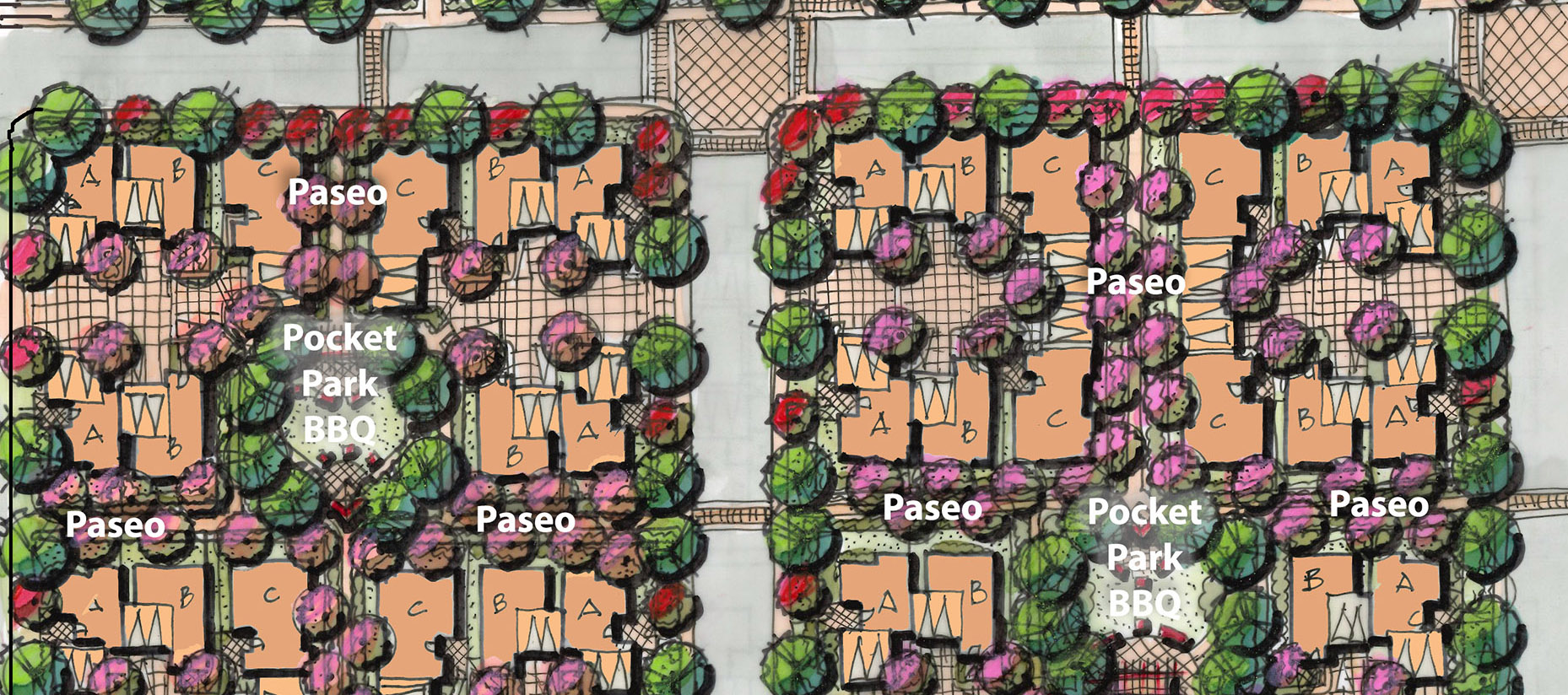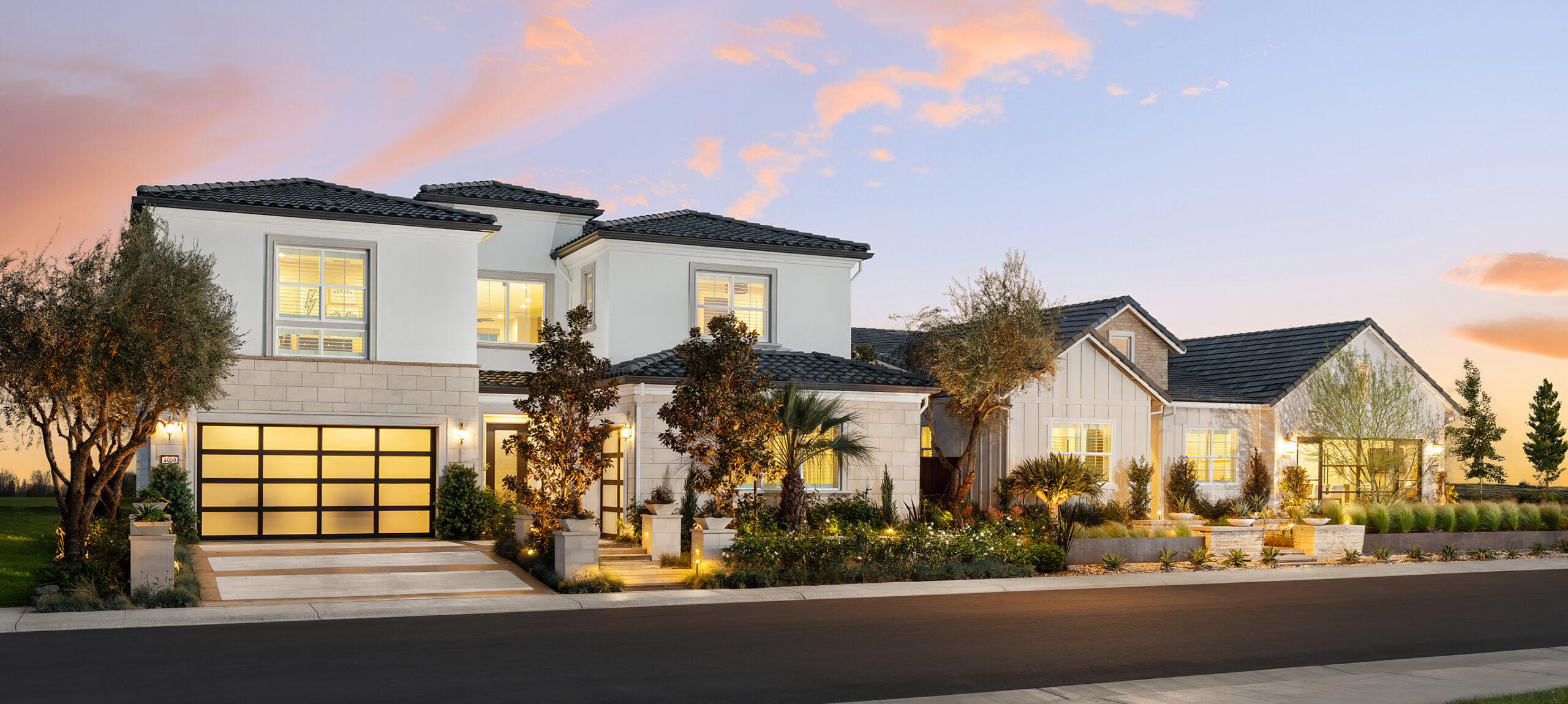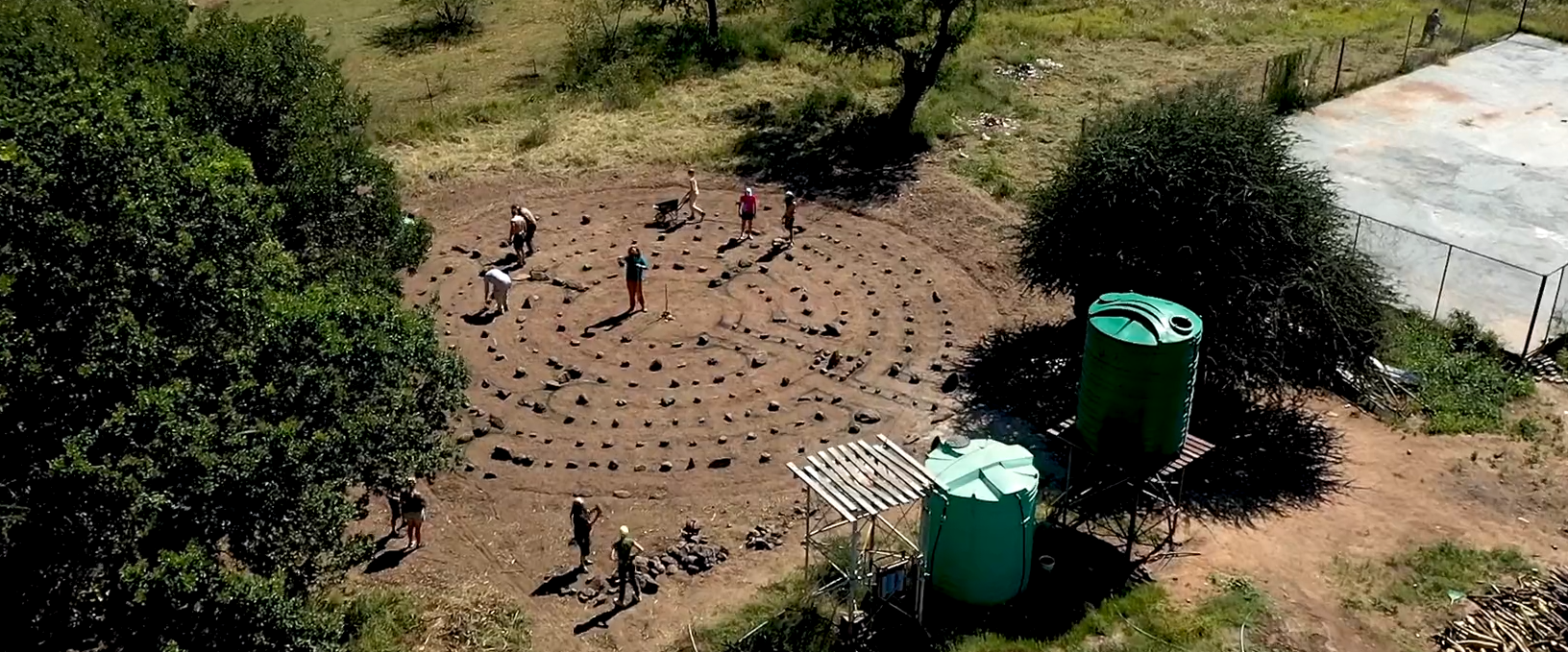Part 1: Design that Finds the Neighborhood “Sweet Spot”
While working from home and practicing social distancing during the last month, I have been thinking a lot about the possible effects of COVID-19 on future neighborhood design. As a community designer, I see an opportunity to offer creative solutions for affordability and safety so developers can generate the kind of market appeal that will ensure the future viability of higher density communities. The biggest opportunities may be in finding the sweet spot between the affordability of high density development and the market appeal of single family neighborhoods.
A Man in the Middle
I’m the father of a 25-year-old recent graduate who shares a townhome with me and his former college roommate, and I’m the son of an 88-year-old retired empty nester who moved into a smaller home but is still active in his lifestyle. From my vantage point in the middle, it seems my son and my father share common housing needs. However, affordability issues have kept my son from buying, and he and his fiancé (a wonderful young nursing student) have concerns about ever being able to afford their dream home. How can we create opportunities at both ends of the spectrum to address buyers’ needs?
In my neighborhood, we have gotten to know each other by dragging lawn chairs into our driveways for “distant socializing” happy hours or walking our dogs on the nearby trails. Despite COVID-19, people still yearn for social interaction in a safe environment, one that also provides them with their own sense of place. As a landscape architect, I see the immense appeal of small parks connected by trails, each with a grill and a bench or two or maybe an outdoor fireplace. Singles, families of all ages and empty nesters seek out places like this, where they can engage with one another in an informal setting. Getting that kind of connectivity in your community requires some creativity, especially when affordability is a concern. I have been studying some ideas for builders and developers who may be trying to predict the future before they decide to move on their next project. Both success and profitability are there for the taking as long as we create communities that hit the sweet spot between traditional single family neighborhoods and the social dynamics of an active urban higher density neighborhood.
Case Study: 10 Acres, 2 Ideas, Endless Possibilities

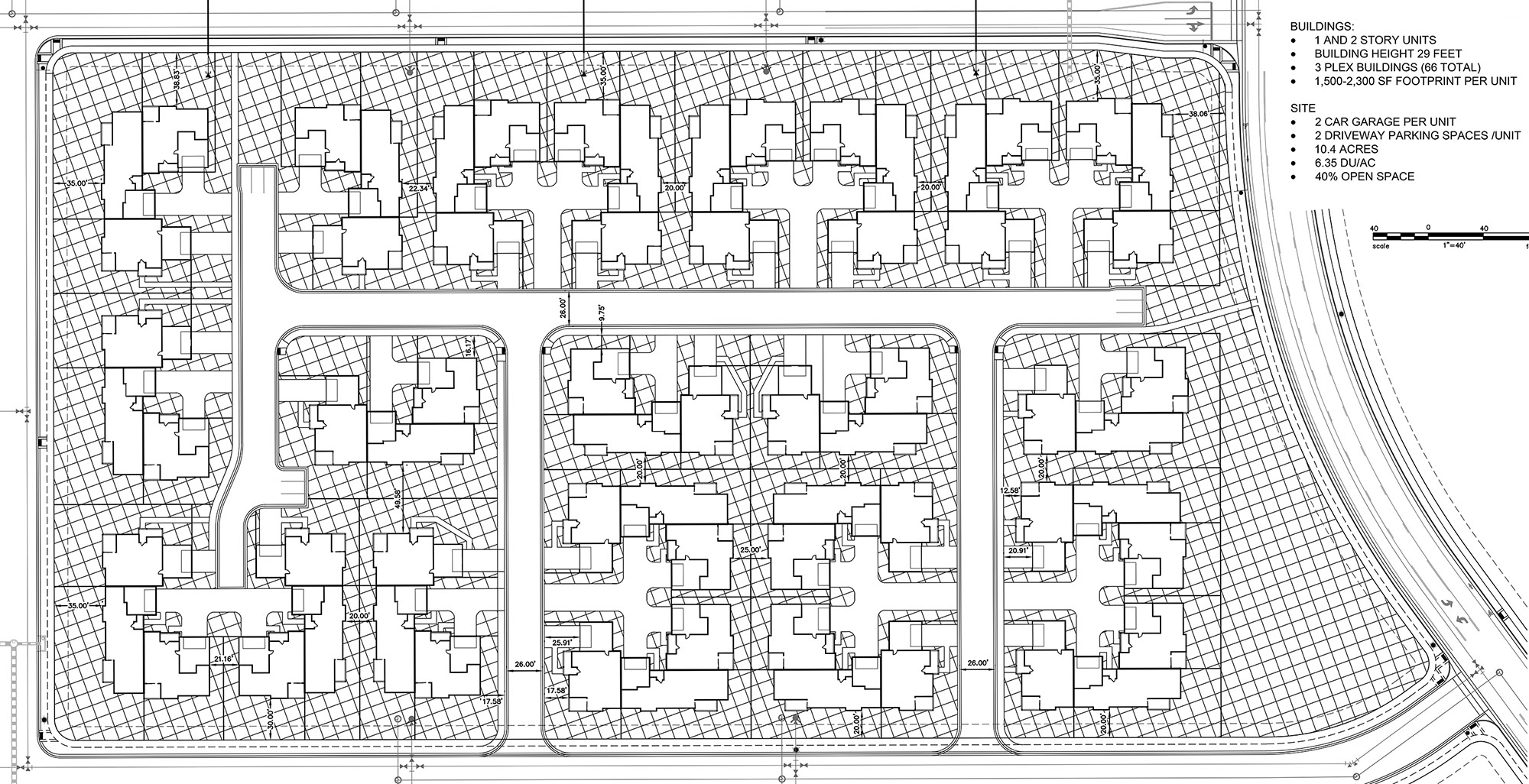
Exhibit 1. Original Site Plan
To tackle the challenges of our new housing paradigm, I studied the neighborhood dynamics for a plan we had created on a small 10-acre infill site. In the original plan, a large footprint triplex building had been used in a six unit autocourt configuration, with larger rear yards along the perimeter of the site and a tighter configuration in the internal blocks. I decided to tinker with this layout to try to create target-marketed neighborhoods that provide the best of both worlds.

Exhibit 2. Modified Site Plan with Open Space
My first alternative kept the six units per acre density but added paseos between clusters, which provided a walking connection to adjacent neighborhoods and included small pocket parks as nodal points for social interaction. On a leftover triangular piece at the corner of the property, I added a local destination park with a small playground, all connected to a perimeter walking trail.

Exhibit 3. Alternative Autocourt Clusters at 10-12 DU/Ac.
In my second alternative, I wanted to double the density to create more affordable homes without sacrificing the neighborhood connectivity and green space from my previous plan. I chose two alternative clusters from previous projects of about the same size at 10-12 units per acre, with smaller footprints in two or three-story configurations to maximize square footage (same or greater than the original plan). The two-story homes face the street with pop-up third story elements in the middle and back units for spectacular master bedroom views or the potential for loft-style home offices.
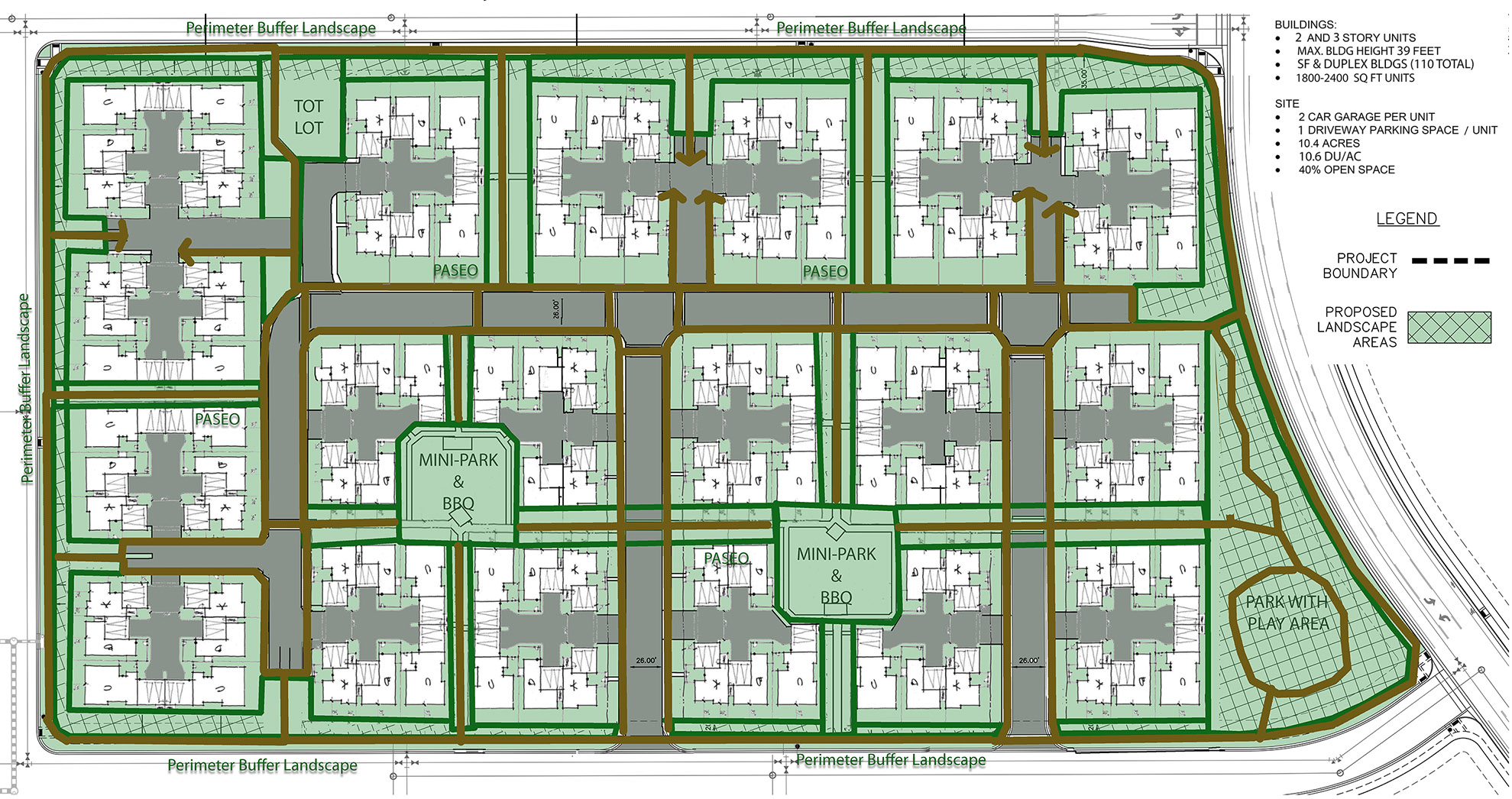
Exhibit 4. Alternative Site Plan @ 10.6 DU/Ac.
How Sweet It Is
In comparing these alternatives, the larger footprints and lower density might hit the sweet spot for the empty nester market. The second alternative may offer greater affordability through smaller units that would appeal to young, urban buyers. It also offers larger units as affordable family homes on smaller individual lots but with greater overall community selling points. For young urbanites testing the market, these alternatives offer better social distancing options than an urban loft or apartment complex, plus all the amenities they expect in a green, connected, urban setting.
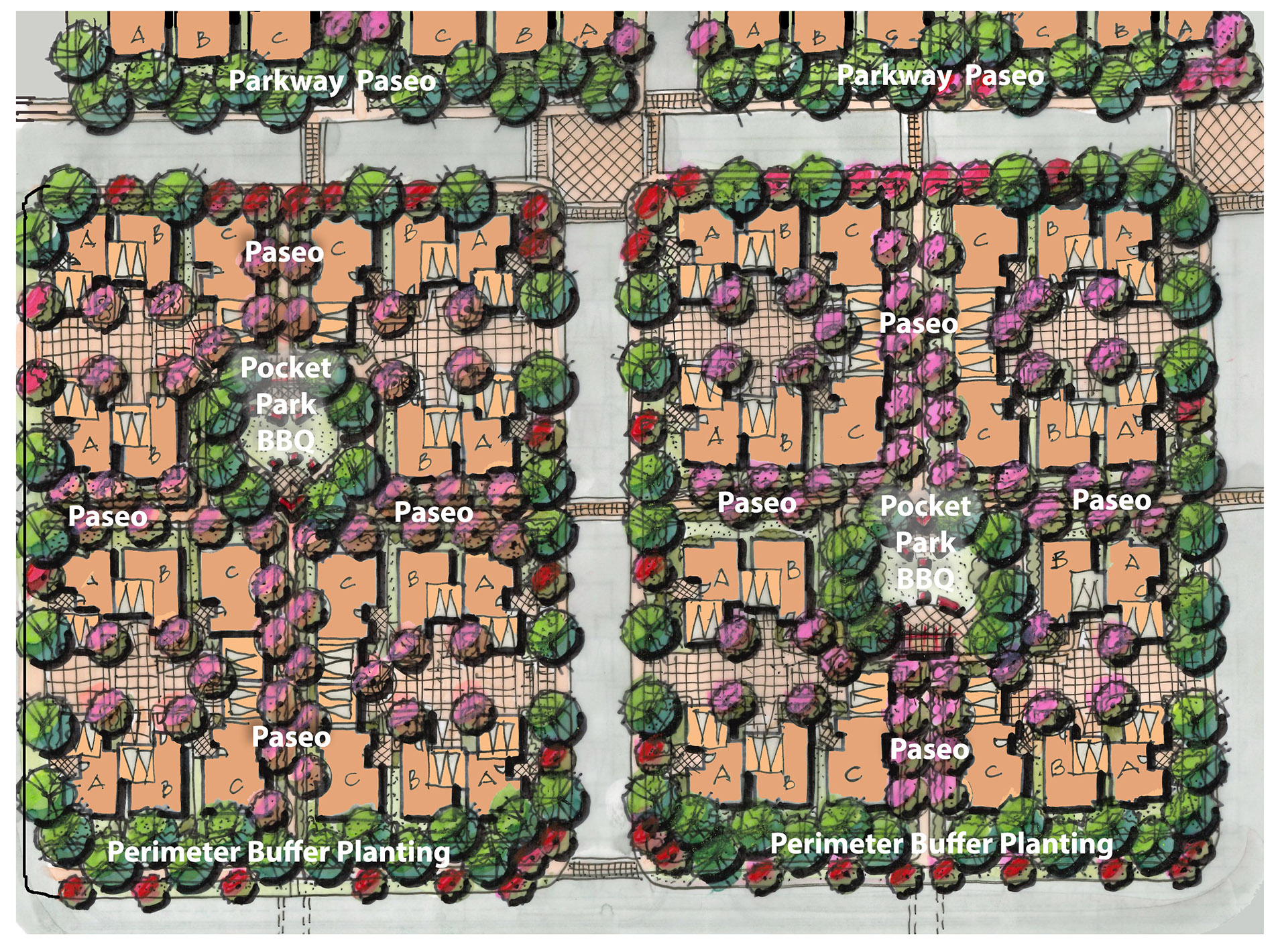
Medium density alternatives like these may provide the sweet spot builders and developers are looking for so they can move forward with confidence in the new shifting marketplace. Depending on local jurisdictions, these autocourt cluster home options can be swapped for detached homes with six feet of separation and true single family appeal, duplex configurations with only garages attached, or as single-roof attached duplexes or triplexes. This flexibility allows the developer to zero in on the sweet spot for each target market.
Now is the time to start looking at alternatives that will fit the needs of your local market demographics. By designing community alternatives that will hit the sweet spot, you will be ahead of the curve and ready for the next wave of pent-up demand as we emerge from the coronavirus into a new era of homebuilding.
Look for Part 2 next month, where I’ll discuss higher density alternatives from 14-18 units per acre.
This article was first published on LinkedIn. Read that version here.
